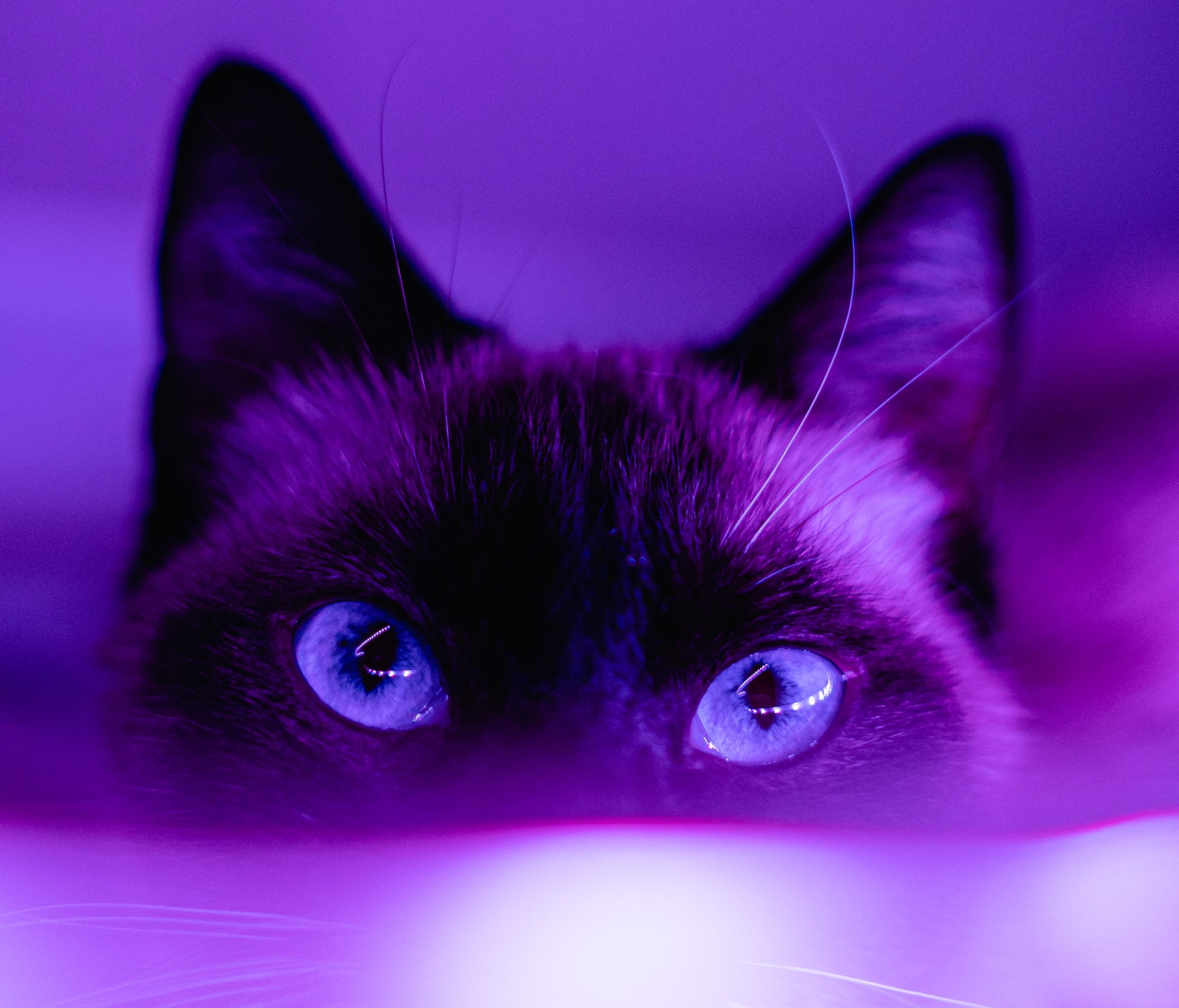INTRO
In the world of social media marketing, influencers have become an increasingly important tool for brands and companies to reach their target audience. As the social media landscape continues to evolve, new platforms emerge, and existing platforms continue to grow and change, it's important for brands to stay up-to-date on the latest trends and best practices for influencer marketing.
In recent years, TikTok has emerged as a new and exciting platform for influencer marketing, while Instagram remains a go-to platform for many brands. In this article, we'll compare the differences between TikTok and Instagram influencers, from audience and content to engagement and campaign effectiveness, to help you determine which platform is best for your brand's next influencer marketing campaign.
Looking to jump into the world of influencer marketing? Connect with Social Cat for a complimentary trial or book a demo and learn how to work with micro-influencers to boost your brand.
AUDIENCE AND DEMOGRAPHICS
When it comes to audience and demographics, TikTok and Instagram have some notable differences. TikTok has a primarily younger audience, with 41% of users aged between 16 and 24, and 50% under the age of 34, while Instagram has a more diverse audience, with 33% of users aged between 25 and 34 and 30% between 18 and 24.
Another mention, TikTok has a higher percentage of male users than Instagram, with a split of 55% male to 45% female, while Instagram has a more even split of 52% female to 48% male.

These differences in audience and demographics can impact the effectiveness of influencer marketing campaigns on each platform. Brands looking to target a younger audience may find more success on TikTok, while those targeting a more diverse age range may find Instagram to be a better fit.
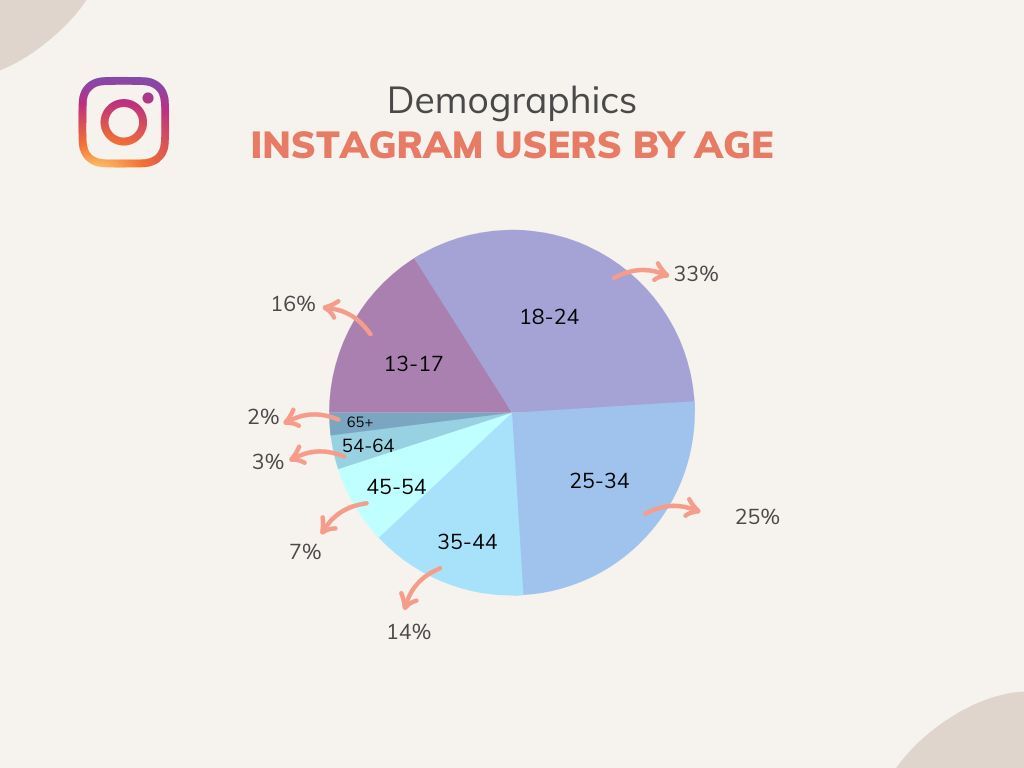
Additionally, the gender split on each platform may also influence the types of successful influencers, with female influencers potentially having more success on Instagram and male influencers on TikTok. You can check more demographics below regarding both platforms.
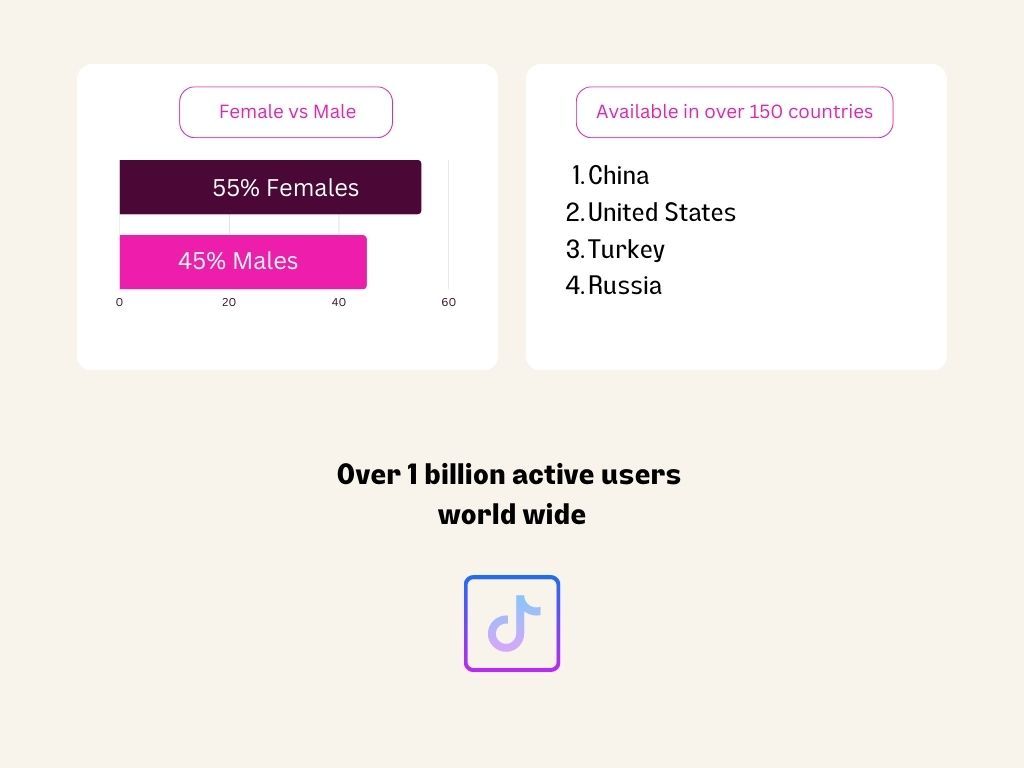

CONTENT AND ENGAGEMENT
TikTok and Instagram also differ in terms of the types of content and engagement on each platform. TikTok is primarily a video-based platform, with short-form videos of up to one minute in length, while Instagram allows for both photos and videos of up to one minute in length. TikTok videos are known for being more creative, fun, and casual, while Instagram tends to be more polished and curated.
In terms of engagement, TikTok is known for its high engagement rates, with users spending an average of 52 minutes per day on the app and videos often going viral quickly. Instagram, on the other hand, has a more established and mature audience, with users spending an average of 28 minutes per day on the app, and engagement rates can vary widely depending on the influencer and the content they are posting.
While Instagram tends to be more polished and curated, it can be challenging to generate traffic and track analytics on this platform. If you're interested, you can learn about the biggest problem with Instagram marketing and how you can fix it in this article.
These differences in content and engagement can impact the type of influencers that are successful on each platform and the effectiveness of influencer marketing campaigns. Brands looking to create fun and engaging content that resonates with younger audiences may find TikTok to be a better fit, while those looking to create more polished and professional content may find Instagram to be more suitable.
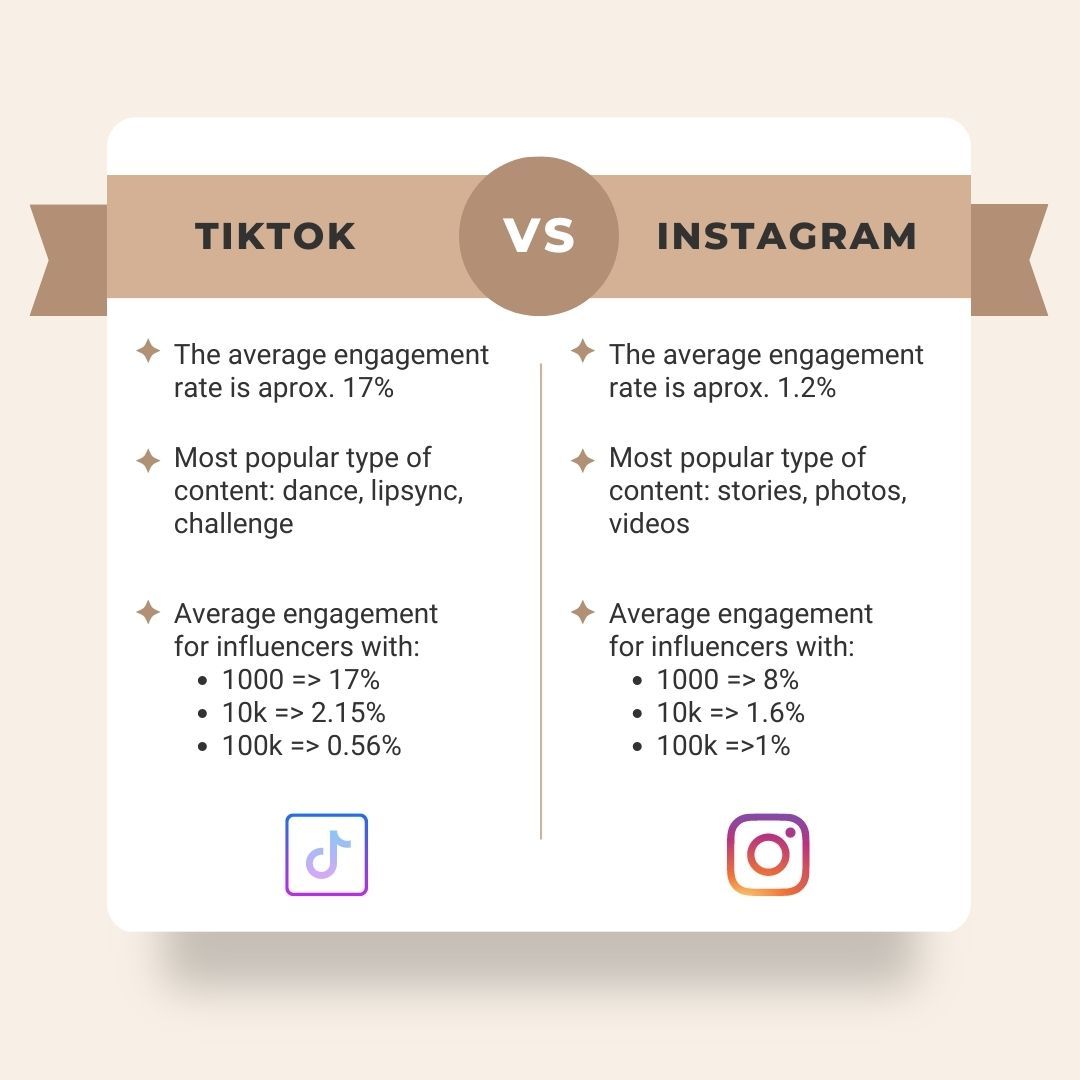
Looking to jump into the world of influencer marketing? Connect with Social Cat for a complimentary trial or book a demo and learn how to work with micro-influencers to boost your brand.
Influencer campaigns
Influencer marketing campaigns can be a powerful tool for brands looking to reach new audiences and increase engagement on social media. When it comes to TikTok and Instagram, both platforms offer unique opportunities and challenges for influencer campaigns.
On TikTok, influencer campaigns have the potential to go viral quickly due to the platform's high engagement rates and the creative, fun, and casual nature of the content. TikTok is particularly effective for campaigns targeting a younger audience, as the platform has a predominantly younger user base. Successful TikTok influencer campaigns have included partnerships with popular influencers like Charli D'Amelio, who has over 120 million followers on the platform, and brands like Chipotle and Ocean Spray.
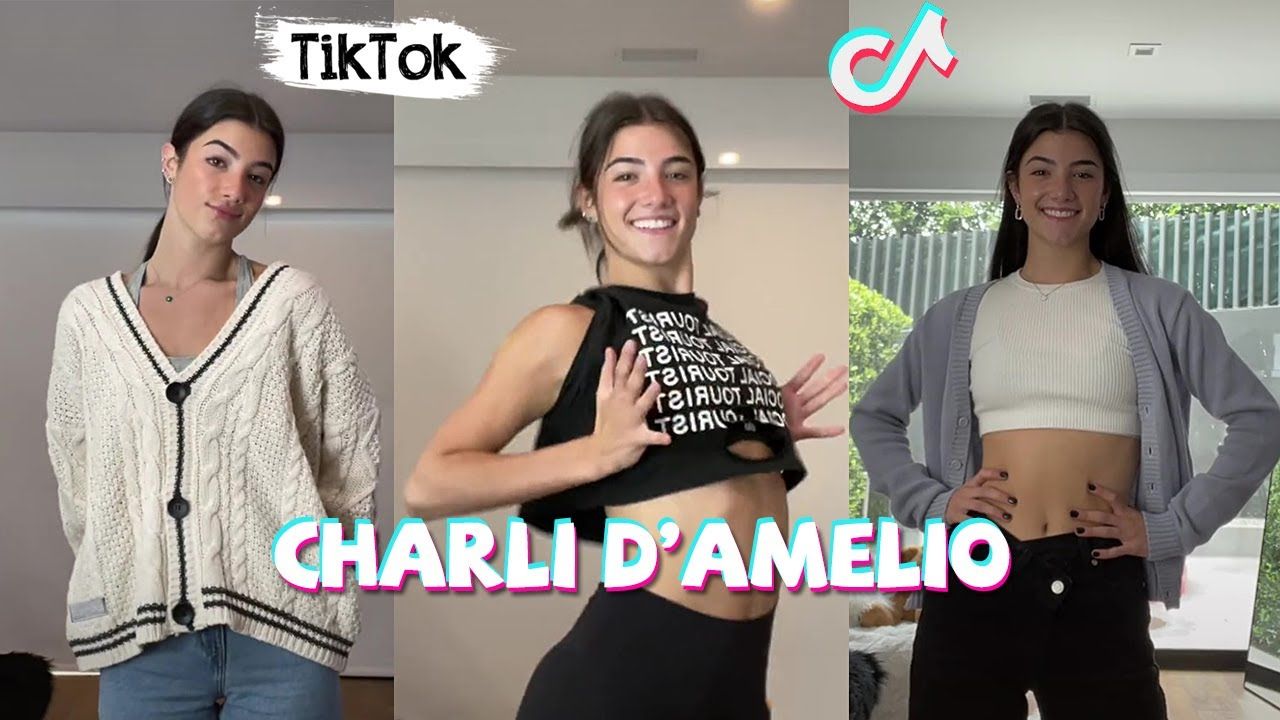
On the other hand, Instagram offers a more established and mature audience, with a more even split of male and female users. While Instagram's engagement rates can vary widely depending on the influencer and the content they are posting, it still has the potential to be a highly effective platform for influencer marketing campaigns. Brands looking to create polished and professional content that resonates with a diverse audience may find Instagram to be a better fit. Successful Instagram influencer campaigns have included partnerships with popular influencers like Kylie Jenner, who has over 200 million followers on the platform, and brands like Nike and Coca-Cola.

Kylie Jenner
When it comes to cost-effectiveness, both TikTok and Instagram offer a range of options for brands of different sizes and budgets. Influencer fees on TikTok tend to be lower than on Instagram due to the platform's younger and less established user base, but the cost of running ads on TikTok can be higher. On Instagram, influencer fees tend to be higher, but the cost of running ads can be lower, and the platform offers more advanced targeting options.
Ultimately, the success of an influencer campaign on TikTok or Instagram depends on a range of factors, including the target audience, the type of content being created, and the budget for the campaign. By carefully considering the pros and cons of each platform and selecting the right influencers for your campaign, you can help ensure that your next influencer marketing campaign is a success.
Influencer Selection
Selecting the right influencers for your campaign is crucial to the success of your influencer marketing strategy. When it comes to TikTok and Instagram, the process of selecting influencers is similar, but there are some important differences to keep in mind.
On both platforms, it's important to look for influencers who align with your brand values and have a strong following in your target audience. Niche influencers can be particularly effective, as they have a highly engaged following in a specific area of interest or expertise. When selecting influencers on TikTok and Instagram, it's also important to consider engagement metrics, such as likes, comments, and shares, as well as the overall quality of their content.
On TikTok, it's important to consider the creative nature of the platform and look for influencers who can create fun, engaging, and unique content that will resonate with their audience. Brands looking to partner with influencers on TikTok should also consider the potential for their content to go viral and reach a wider audience.
On Instagram, it's important to consider the visual nature of the platform and look for influencers who can create high-quality, visually appealing content that aligns with your brand's aesthetic. Influencers with a strong presence on Instagram's stories and reel features can also be particularly effective, as these features are highly engaging and allow for more creative content.
Ultimately, selecting the right influencers for your campaign requires careful consideration of a range of factors, including the type of content being created, the influencer's engagement metrics, and the target audience. By working with influencers who align with your brand values and have a strong presence on the platform, you can help ensure that your influencer marketing campaign is a success.
You can also read our article on how to find micro-influencers.
Conclusion
In summary, while there are some key differences between influencer marketing on TikTok and Instagram, both platforms offer unique opportunities for businesses to connect with their target audience. By carefully considering your brand values, target audience, and budget, you can help ensure that your influencer marketing campaign is a success on either platform.
Table of content
Looking for influencers?


